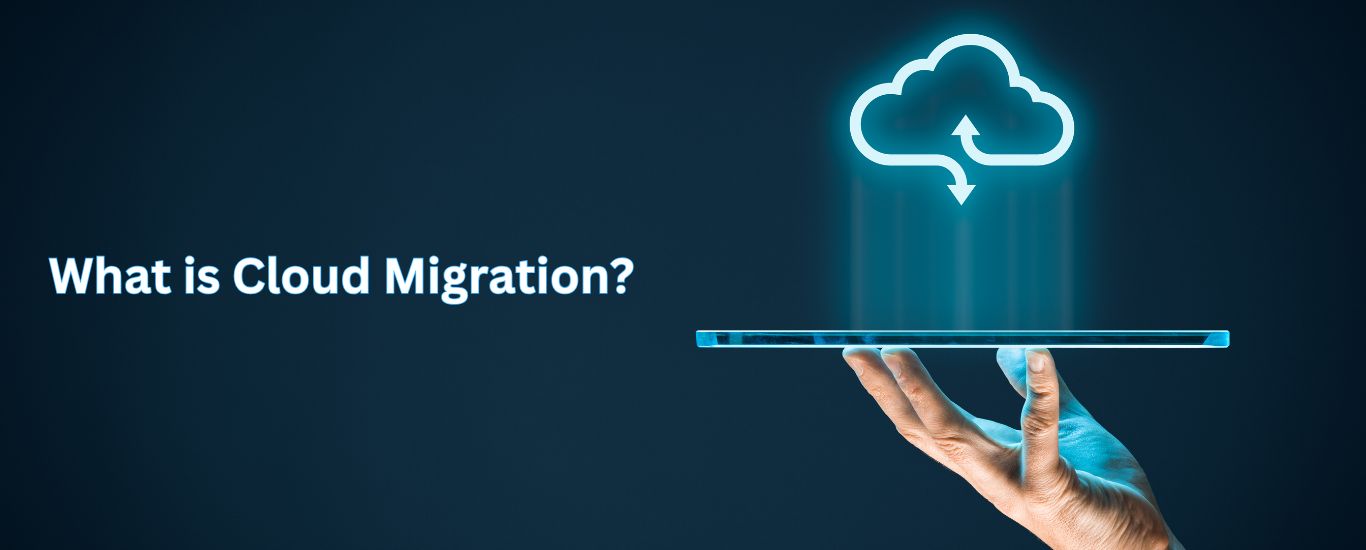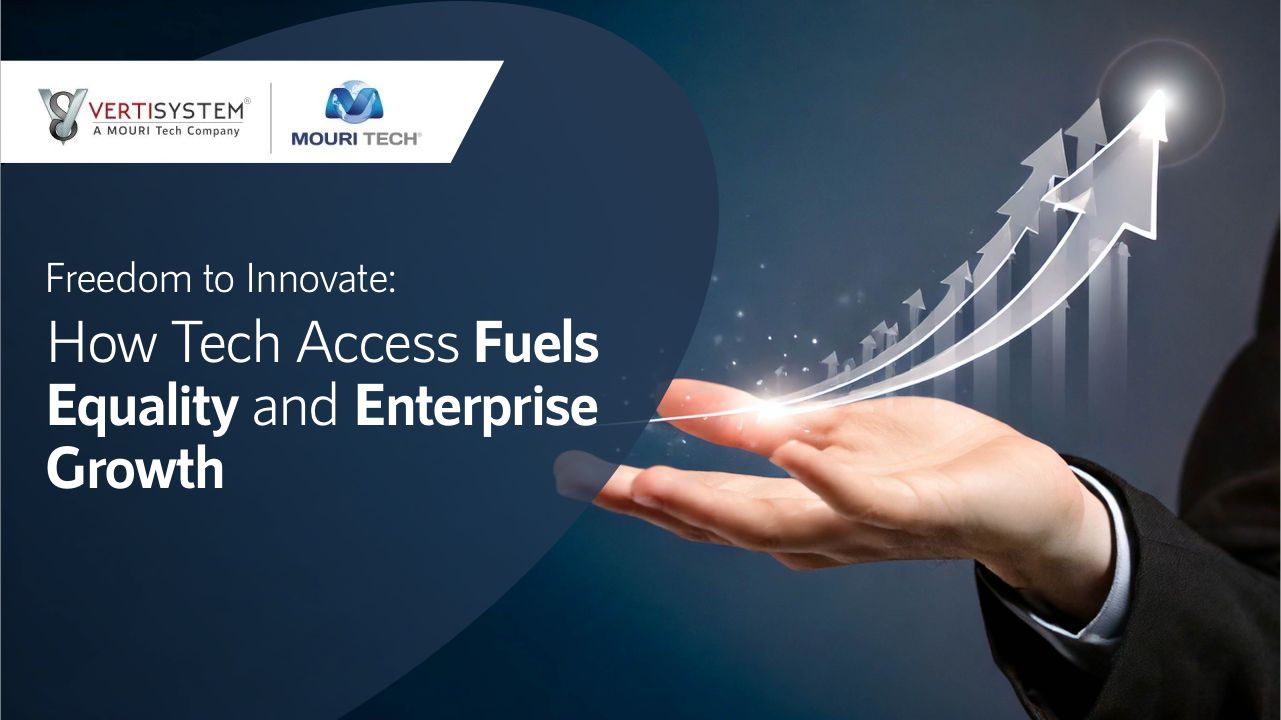Cloud Migration: An Introduction
Cloud migration refers to the process of shifting the digital resources of an organization such as IT assets, databases, services, and applications to the cloud, either partially or completely. The term also encompasses the transfer from one cloud to another cloud.
It empowers organizations to move away from legacy setups including but not limited to struggling servers, inefficient hardware and software equipment, and firewall infrastructure to name a few. The result is that even the most apprehensive enterprises have started adopting cloud migration in partial capacity, if not at full capacity.
Before the pandemic struck, dependence on physical resources, both in terms of infrastructure and workforce seemed to be crucial. The aftermath proved otherwise, and as far as digital assets were concerned, the cloud became the new normal.
As per a press release from Gartner, end-user spending across the globe for public cloud services was forecasted to grow at a CAGR of 21.7% to reach $597.3 billion in 2023. In 2024, it will reach $724.6 billion.
The Cloud Migration Process
The transfer of data, services, and applications to the data center of a cloud migration managed service provider is cloud migration, and the process involves a highly detailed plan for data backup and network connections, while also ensuring complete data security during this migration process.
Effective cloud migration brings with it the need to map a suitable architecture that aligns with the infrastructure of the cloud service provider such as their authentication processes to ensure data privacy in the event of a cyberattack or data breach.
The success of cloud migration also depends on the expertise of the hired cloud consultants familiar with the platform to ensure portability, compatibility, and backup between the cloud and the on-premises data center. It’s all about the right execution and when done appropriately, app and data migration can be successfully conducted without many disturbances.
Cloud Migration: Types
Many cloud and data migration consulting and services usually guide customers through the entire data migration process, but as a reader, it’s also important to have an overview of the types of cloud migration services and solutions, one of which will be offered by the providers.
The broad types of cloud migration processes commonly used are:
1. Re-platforming
This cloud migration tactic involves shifting an on-premises application to the service provider’s cloud infrastructure, but the application itself is updated to match the services available from their end.
2. Rehosting
Also known as ‘lift and shift’, this cloud migration process involves shifting an application to the data center of a cloud provider without making too many changes to it. In short, the same functionalities get delivered to customers, and they never really get to know that the application was moved somewhere else.
3. Refactoring
This is the process where an application is moved to the cloud with the intent to grab the benefits of cloud-native features by making its architecture in line with modern trends. While a monolithic app can serve your purpose just fine, it can prove tough to be able to add new features with evolving customer needs.
App refactoring enables you to bring a microservices-based architecture to the fore, making it much easier to develop and test new features to it.
4. Retaining
This process iterates that the user has closely examined the advantages and disadvantages of moving an application to the cloud and decided that migration does not make a lot of sense in the present context. This thought can stem from a lot of factors, from low latency needs to effectively manage associated costs.
Despite that, try to revisit this idea consistently because cloud data migration service providers actively create data centers in different regions around the world with the motive of improving the existing migration processes.
5. Retiring
This is when an on-premises application is unable to utilize its functionality, or that functionality no longer serves the purpose. Eliminating these applications poses a much better prospect from cloud migration as you are doing away with expensive processes that are no longer relevant. Retiring an application takes a bit of planning and time, owing to the dependencies that might exist with other applications.
What are the Benefits of Cloud Migration?
Cloud migration has become the go-to business strategy for enterprises lately, because cloud-based platforms, apps, and resources can offer high efficiency at lower costs.
Here are some of the benefits of cloud migration you should know about:
· Flexibility in Scale
As business requirements fluctuate, cloud-based infrastructure can be scaled accordingly to meet them. Migration eliminates the need to provision the hardware accordingly bringing additional costs and efforts to the scene and allows to cut costs quickly when resources are not in use.
· Better Security
Thanks to public clouds, critical resources today are protected through cloud security features and tools. Cloud management service providers also offer automated security patching with their service suite.
· Regular Innovation
Cloud management service providers store their data centers latest hardware that reinforces against the latest security threats and constant innovation is the name of the game at their end. They keep updating their apps and infrastructure to regularly update the latest features.
· Lower Data Center Investment
Because cloud migration involves moving the data, development platforms, and applications to the cloud, it becomes easier for organizations to either shut down or decommission their cost-intensive data centres. Additionally, it also frees up the time of skilled teams by offering them more time for tasks that offer better business value.
Make a Move to the Cloud with Vertisystem
The technology might be very sophisticated, but cloud migration is no longer a cutting-edge strategy: organizations of varying scale are done with their transition to the cloud. If you are a stakeholder in your organization and wish to adopt cloud migration as your next substantial strategy, then it’s crucial to choose from among the leading cloud data migration service providers for the best results.
Vertisystem offers an impressive suite of cloud infrastructure, applications, as well as platform services. This expertise assists you in securing solutions to handle the most complex workloads, facilitating immense ease in moving the data and existing applications to the cloud.



